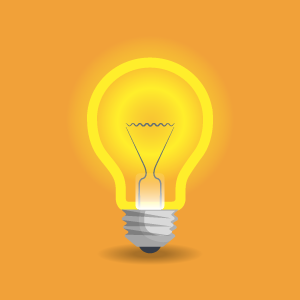CPI is the abbreviation for cost per impression. It is a billing method for advertising campaigns, where costs are only incurred when the user sees an ad on the accessed website. Learn more about it here! ... Continue reading


The canonical tag is used to correctly mark web pages with duplicate content, so-called duplicate content, so that it does not affect the ranking in search results. To do this, the duplicate page must be linked to the original version. This is done with the rel “canonical” attribute.
If your page is crawled by Googlebot and it detects a canonical tag on your page, it recognizes that the linked page is the original. It does not have to crawl the other pages and can ignore them with regard to duplicate content. By using canonical links, properties such as PageRank are transferred to the original by search engines such as Google. In order to avoid errors in the evaluation of content, this tag is thus also an important tool for OnPage optimization.
The canonical link is located in the head section of the HTML source code of your website. It can either point to the URL and thus reference itself or identify another page as canonical.
In HTML source code, a canonical tag looks like this:
<link rel=”canonical” href=”https://www.examplepage.net/navigation/” /> |
Especially online stores, where products can be filtered by price, color, size and other characteristics, often have a lot of duplicate content. Also affected by this are blogs that, for example, want to display a recipe for a cake under the “Cakes” tab, but also under the “Desserts” tab. In both cases, Google recognizes duplicate content and would arbitrarily index the pages without a designated canonical tag, or in the worst case even not display them in the TOP results in the SERPs. The canonical link also plays an important role for press releases, because here one and the same content is usually offered for download as a print version and as a PDF version.
The canonical tag is also very important from a technical point of view. For example, if your website is accessible with and without www in front of your URL, the use of a canonical link is advisable in order not to be penalized by Google. The same applies to the scenario when your site is reachable with and without https.

With the help of a canonical link, you signal to the crawler exactly which content and which pages it should classify as relevant and thus avoid errors in the evaluation of your website by Google’s algorithm.
As a very first step, before you use a Canonical Tag, you should check if there is really a duplicate content. The pages must be identical, or mostly identical. What does not count as duplicate content for search engines, however, are pages that are provided in multiple languages. This can be detected by the algorithm during crawling and taken into account accordingly.
Furthermore, you should consider the following points:

You need support with the use of the Canonical Tag? Our SEO experts will be happy to support you and check your Canonical Tags and other technical conditions in a technical SEO audit. 🙌🏼
You want to learn more about exciting topics?